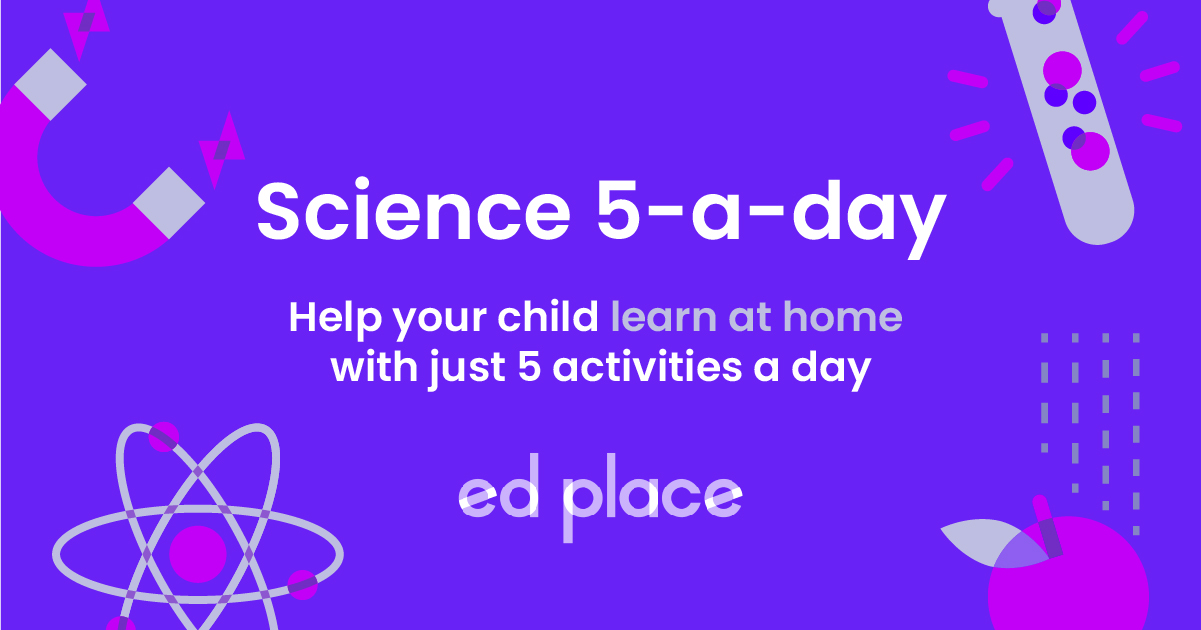
EdPlace's Key Stage 1 home learning science lesson: Habitats
Looking for short lessons to keep your child engaged and learning? Our experienced team of teachers have created English, maths and science lessons for the home, so your child can learn no matter where they are. And, as all activities are self-marked, you really can encourage your child to be an independent learner.
Get them started on the lesson below and then jump into our teacher-created activities to practice what they've learnt. We've recommended five to ensure they feel secure in their knowledge - 5-a-day helps keeps the learning loss at bay (or so we think!).
Are they keen to start practising straight away? Head to the bottom of the page to find the activities.
Now...onto the lesson!
There's NO Place Like Home
During KS1 science lessons, your child will be asked to explain different types of habitat and what type of animals and plants may live there and why. In KS1, they can also be asked to explain what a microhabitat is and give some examples. If you'd like some teacher tips for tackling this topic with your child, then please... read on!
We've set out a specific learning objective for this guide; this is a statement of what we can expect your child to be able to do after this lesson:
1) Understand the differences between habitats
2) Describe the specific details of a micro-habitat
3) Explain why different animals are best suited to their chosen habitat
Step 1: Check Their Understanding
Before we get going, it's crucial to check your child understands the important language we will use for this objective.
Habitat: a ‘home’ and the environment in which a plant, animal or other organism lives in. For example - forest, seashore, desert or ocean.
Micro-habitat: a much more ‘specific’ type of home environment for plants, animals and insects. For example: under a stone, a pond or a certain tree.
It's worth here pointing out to your child, that the meaning of the word 'micro' is very small. They may have heard this word used before in another setting, for example, 'microscope' 'microwave' 'microphone' When we're talking about with a micro-habitat it's like us taking a big microscope and looking at a particular place.
Step 2: 5 Key Things We All Need to Stay Alive
There are 5 key things that all animals (including us) need to survive in their habitats; food, water, shelter, air and a place to raise their young. We're going to look at 5 different habitats. Why not look at the pictures and ask your child to describe to you, who they think lives there, and what it would be like to live in each habitat?
Arctic habitat: a very cold area at the top of the Earth, above the Arctic circle. This area has sea ice and tundra, flat plains and no trees.
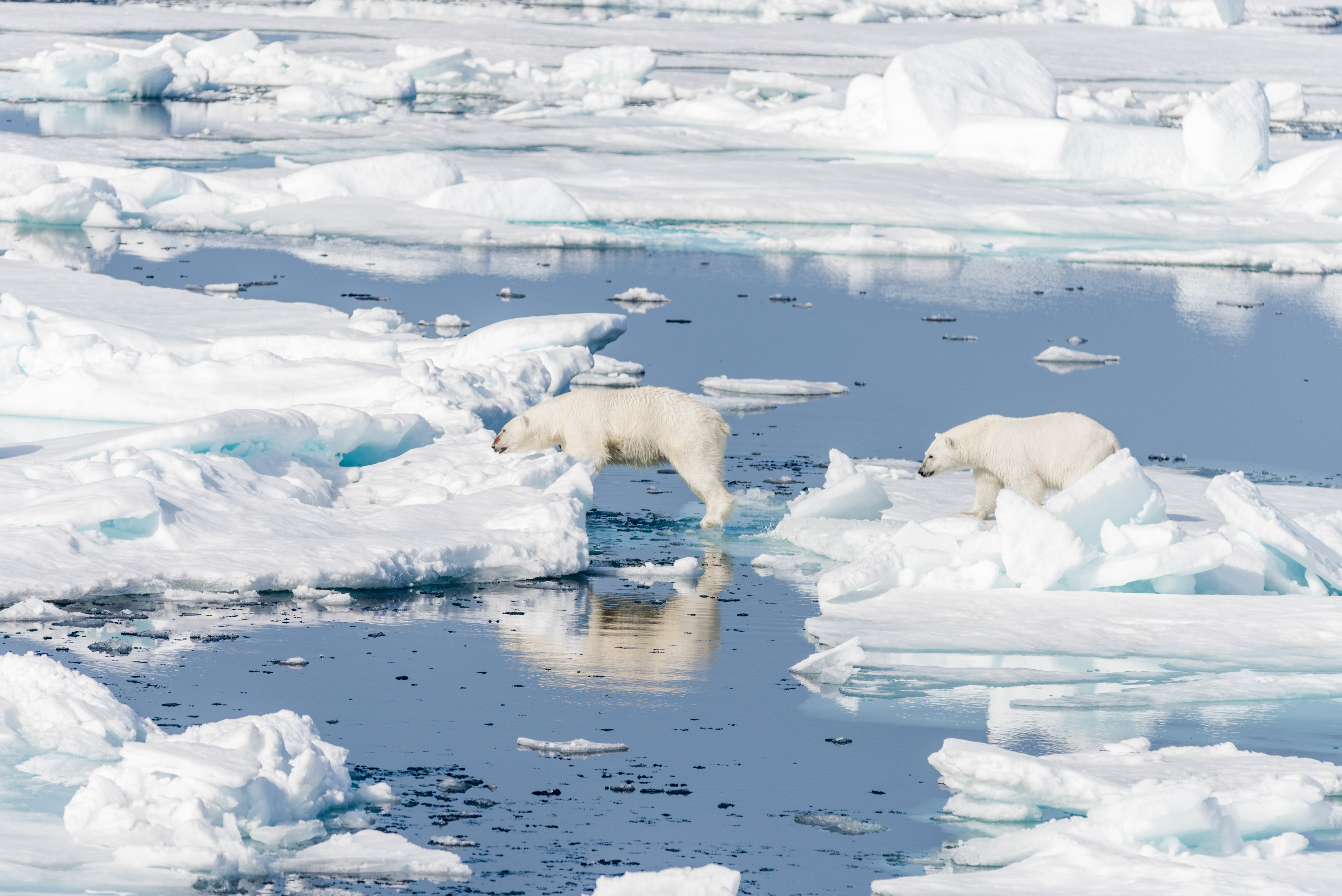
Rainforest habitat: a type of forest habitat, located in a warm, humid place. This habitat is full of tall, leafy trees and gets a lot of rainfall, helping it to be full of life.
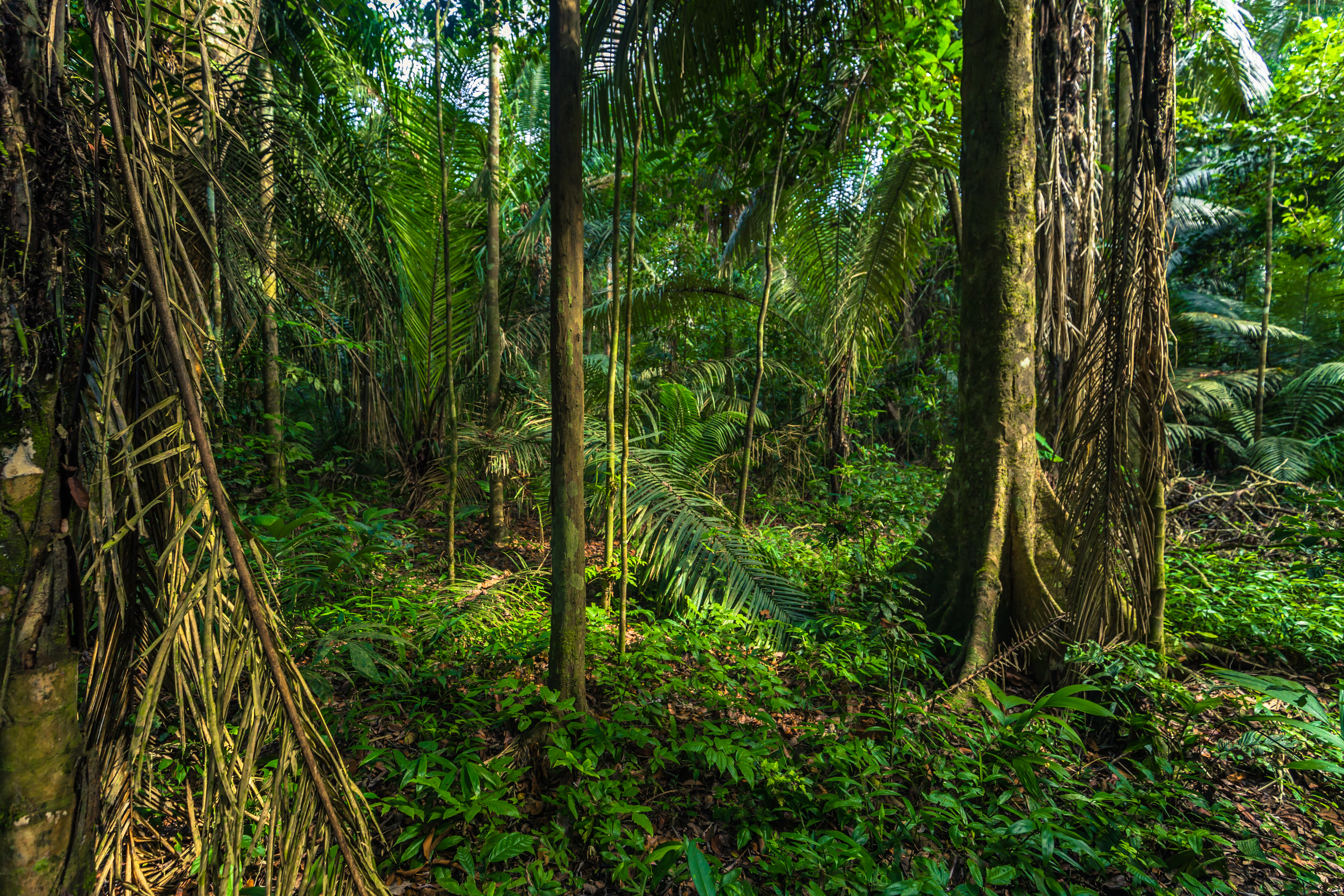
Desert habitat: a very dry and usually hot place, but, surprisingly some animals and plants can survive there! Deserts only get an exceedingly small amount of rainfall. Sometimes, which may seem strange... deserts can be very cold.
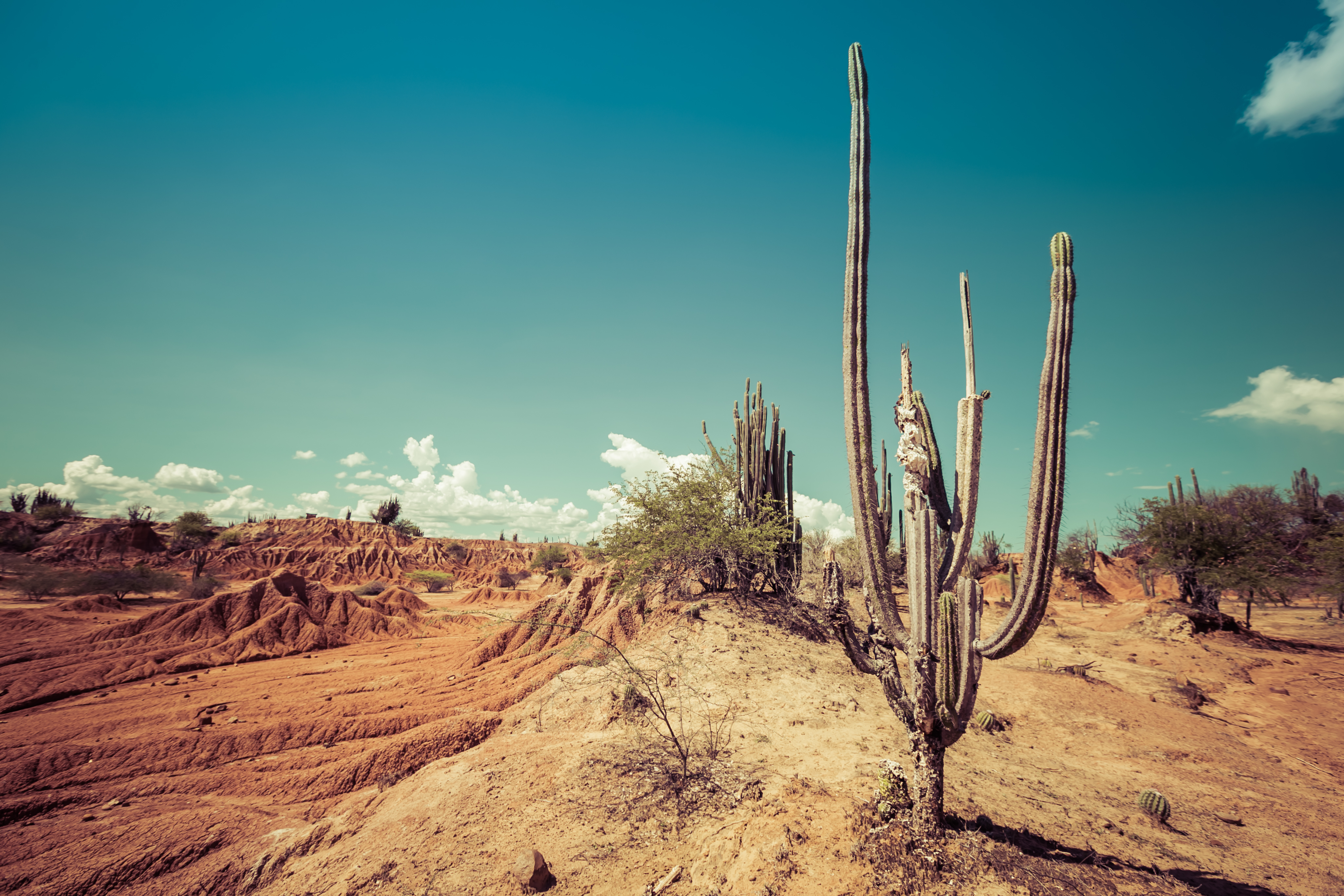
Marine habitat: includes oceans and seas as they have seawater. Marine habitats can vary greatly, some will have warm tropical water that will be home to many fish and coral reefs, while chilly polar water, will be home to far fewer species due to the freezing temperature.
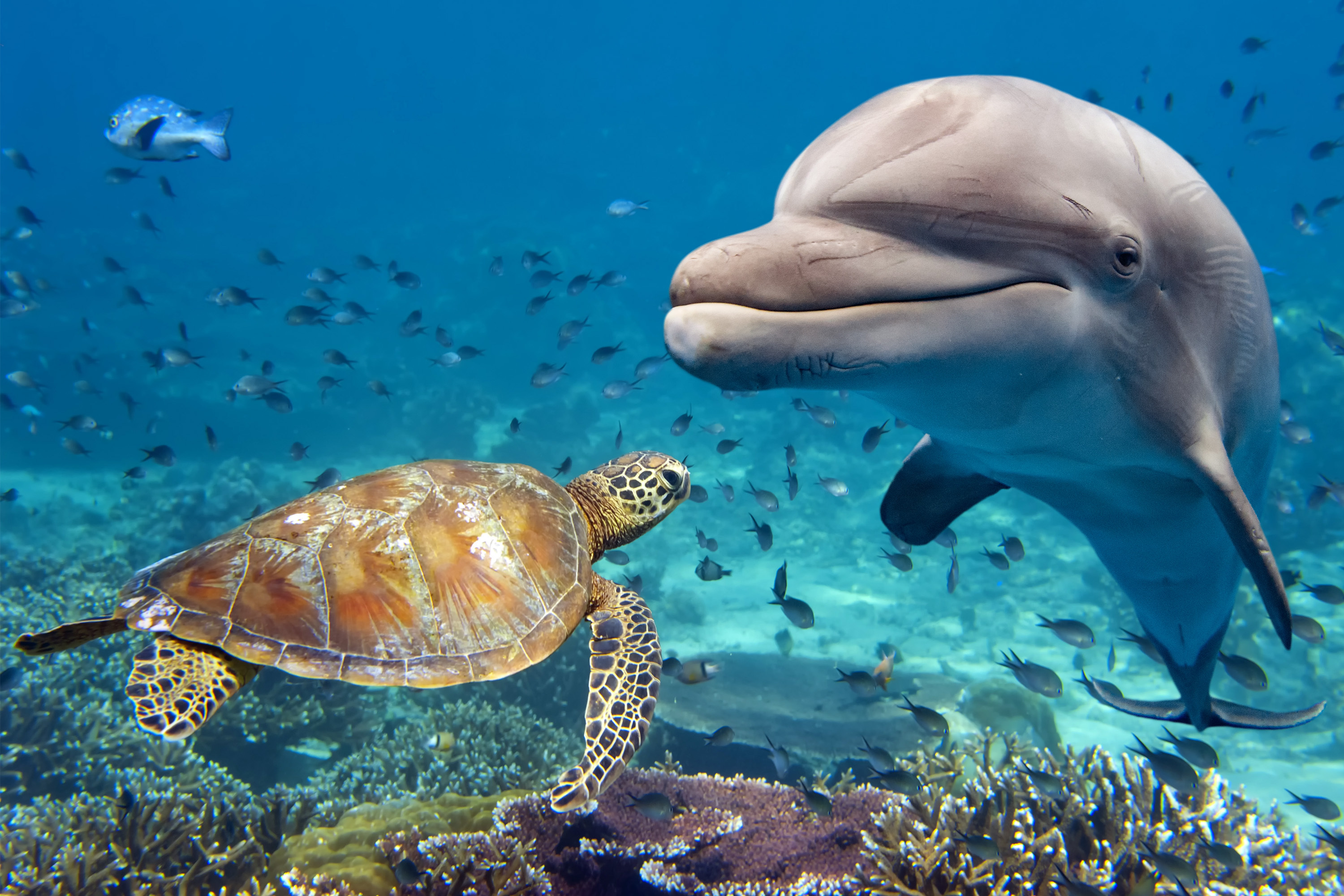
Step 3: PPPP-Pick Up a Penguin (and put him in the correct habitat!)
To find the most suitable habitat for an animal or plant, encourage your child to think about the things that they have that allow them to live happily in that place. If you can introduce the terms 'physical adaptations' all the better, but do not stress! What does the animal or plant need to survive? If they're struggling to answer this you could prompt them with the 5 key things that all animals need; food, water, shelter, air and a place to raise their young.
Let's now look at a case study, here's an Adelie Penguin!
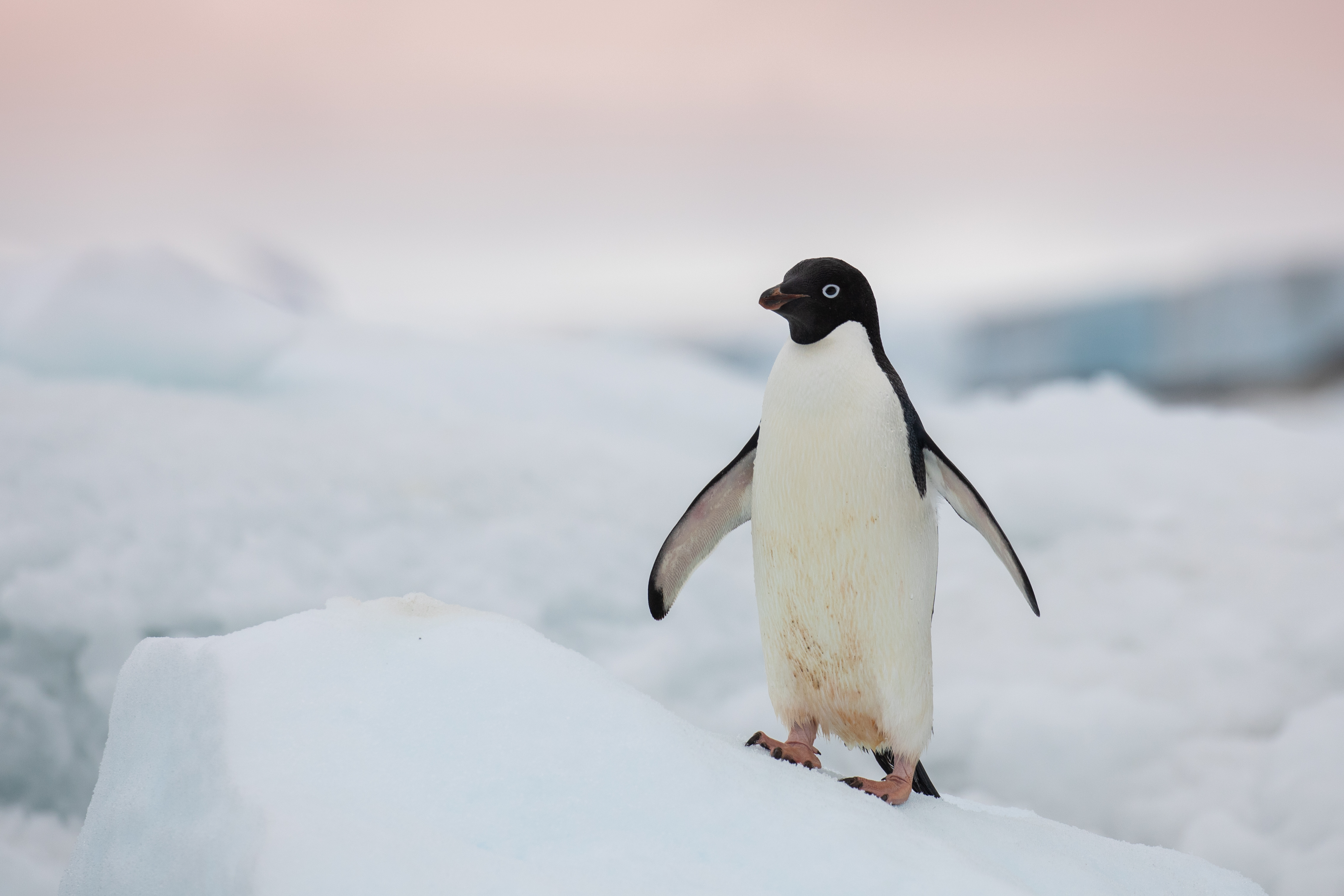
Have a look at the physical adaptations they have for living in their habitat:
1) They have a small body to keep heat in. They also have thick feathers to keep in heat in as well.
2) Their wings and flippers are short so that they can swim fast underwater.
3) They have a spiky tongue so that slippery fish (food) cannot escape.
4) The colour of their feather helps with camouflage.
Adaptations are physical changes made to the animal over hundreds of years. We call this process evolution. An adaptation could be the shape of a bird’s beak or the thickness or thinness of fur. Animals are always happiest living in their natural habitat.
Depending on your child and their understanding of animals, you may want to ask them the following questions, or similarly, you may just want to discuss the questions below. It helps to show them pictures of animals if they are finding this a little tricky.
Example 1: ‘What is the main reason a desert habitat is suited to a camel?’
Answer: A camel can store large amounts of water in its hump so it can survive for a long time in the desert, where there is not much water.
Example 2: ‘Would a giraffe be happy living in a desert? Explain your answer.’
Answer: No, although a giraffe is happy to live in a hot place, it does need lots of plants and water to survive, which it cannot find in a desert.
Example 3: ‘Would a herring be happy to live in a rainforest?’
Answer: No, a herring needs saltwater so must live in a sea or an ocean, it could not survive in a rainforest.
Example 4: ‘Which type of habitat suits a cactus?’
Answer: A cactus lives in a hot desert because it has long roots to collect water from a large area and a thick stem that can store lots of water for a long period of time.
Step 4: Show What You Know
Now, see if you can answer these questions about habitats together.
1) In which habitat would you find a polar bear?
2) A gorilla lives in the rainforest, what is its home like?
3) A crow has built a nest. Where does it like to build its nest?
4) Can you choose the micro-habitat from the following options? Woodland, Pond, Seashore or Forest?
Step 5 - Activity Time!
Why not put your home-learning work on habitats to the test? Assign your child the following 5 activities in this order, and see how they get on.
All activities are created by teachers and automatically marked. Plus, with an EdPlace subscription, we can automatically progress your child at a level that's right for them. Sending you progress reports along the way so you can track and measure progress, together - brilliant!
Activity 1 - Different Habitats
Activity 2 - What is a Habitat?
Activity 4 - Where Plants and Animals Live (1)
Activity 5 - Where Plants and Animals Live (2)
Answers
1) The Arctic because a polar bear has two thick layers of fur and a layer of blubber (fat) to keep it warm. It also has white fur to help it to camouflage against the snow and ice. The Arctic is also home to the polar bear’s main prey, like seals. It is a perfect habitat for the polar bear!
2) The gorilla’s rainforest habitat is a warm environment, full of tall, leafy trees. It gets lots of rain every year, making it damp and humid. Gorillas are herbivores (plant eaters) and the rainforest has lots of the fruit, shoots, tree bark and tree pulp that they like to eat.
3) A crow likes to build its nest in a tree because it will keep its eggs and chicks safe from predators. When the nest is built in a tree, the crow can conceal it so you may not be able to see it at all until the leaves fall from the tree.
4) Pond: remember that a micro-habitat is a specific, small home like the pond. Other examples of a micro-habitat include under a stone or a pile of logs.
Keep going! Looking for more activities, different subjects or year groups?
Click the button below to view the EdPlace English, maths, science and 11+ activity library








